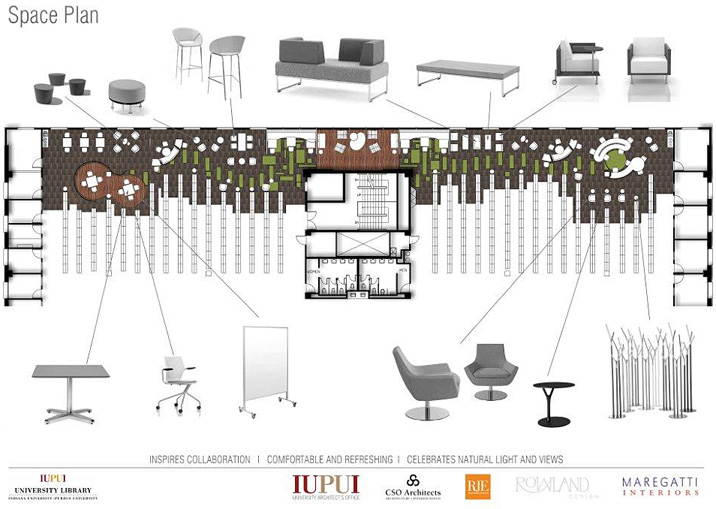Connected learning: The Power Of Social Learning Models — from teachthought.com
Excerpt:
Connected Learning “is an answer to three key shifts as society evolves from the industrial age of the 20th century and its one-size-fits-all factory approach to educating youth to a 21st century networked society.”
1) A shift from education to learning. Education is what institutions do, learning is what people do. Digital media enable learning anywhere, anytime; formal learning must also be mobile and just-in-time.
2) A shift from consumption of information to participatory learning. Learning happens best when it is rich in social connections, especially when it is peer-based and organized around learners’ interests, enabling them to create as well as consume information.
3) A shift from institutions to networks. In the digital age, the fundamental operating and delivery systems are networks, not institutions such as schools, which are one node of many on a young person’s network of learning opportunities. People learn across institutions, so an entire learning network must be supported.
.
From DSC:
This reminds me of the animated video that I recently ran across at remixteaching.com entitled, “I, Pencil”:
.
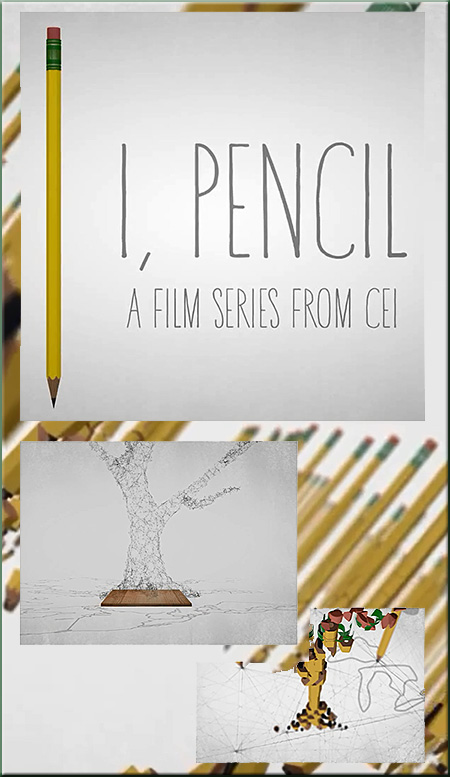
If that’s what’s involved with creating a pencil, what does the family tree look like for creating the Internet?!










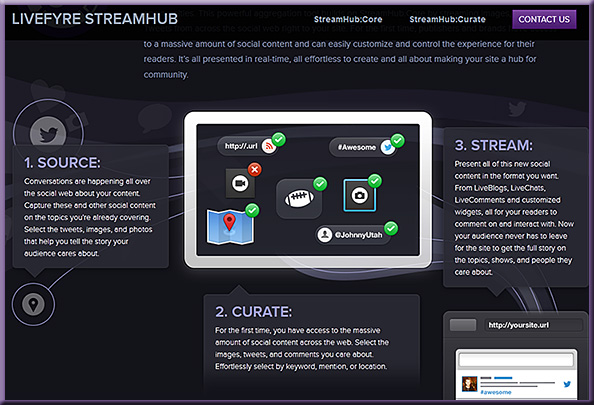





![HigherEducationNowAtBat--DanielChristian Higher education used to be on deck, but is now at bat. [Christian]](http://danielschristian.com/learning-ecosystems/wp-content/uploads/2012/09/HigherEducationNowAtBat-DanielChristian1.jpg)
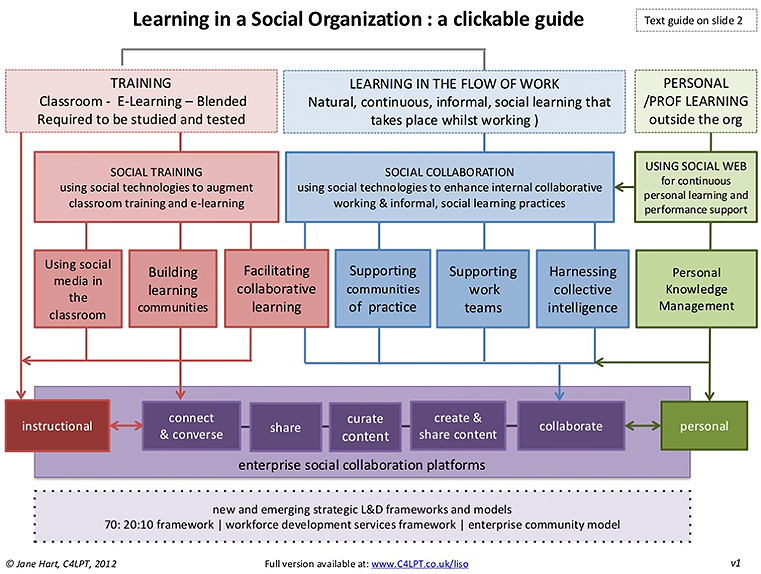

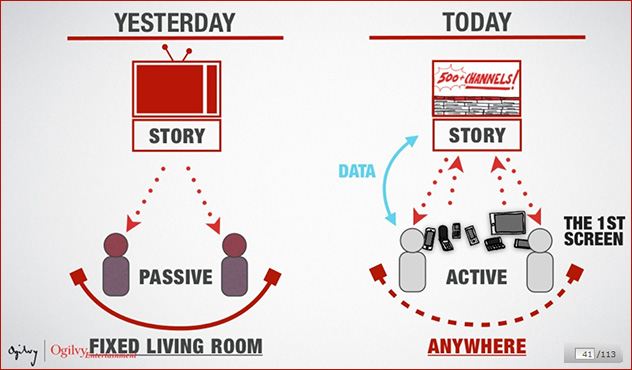
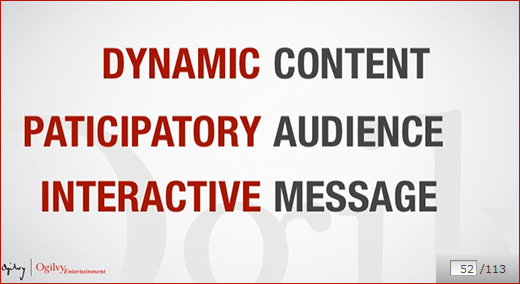
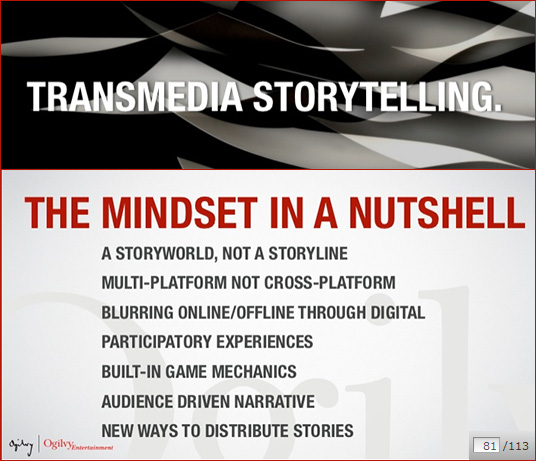
![The-Living-Class-Room-Daniel-S-Christian---July-2012 The Living [Class] Room -- by Daniel Christian -- July 2012 -- a second device used in conjunction with a Smart/Connected TV](http://danielschristian.com/learning-ecosystems/wp-content/uploads/2012/07/The-Living-Class-Room-Daniel-S-Christian-July-2012.jpg)
